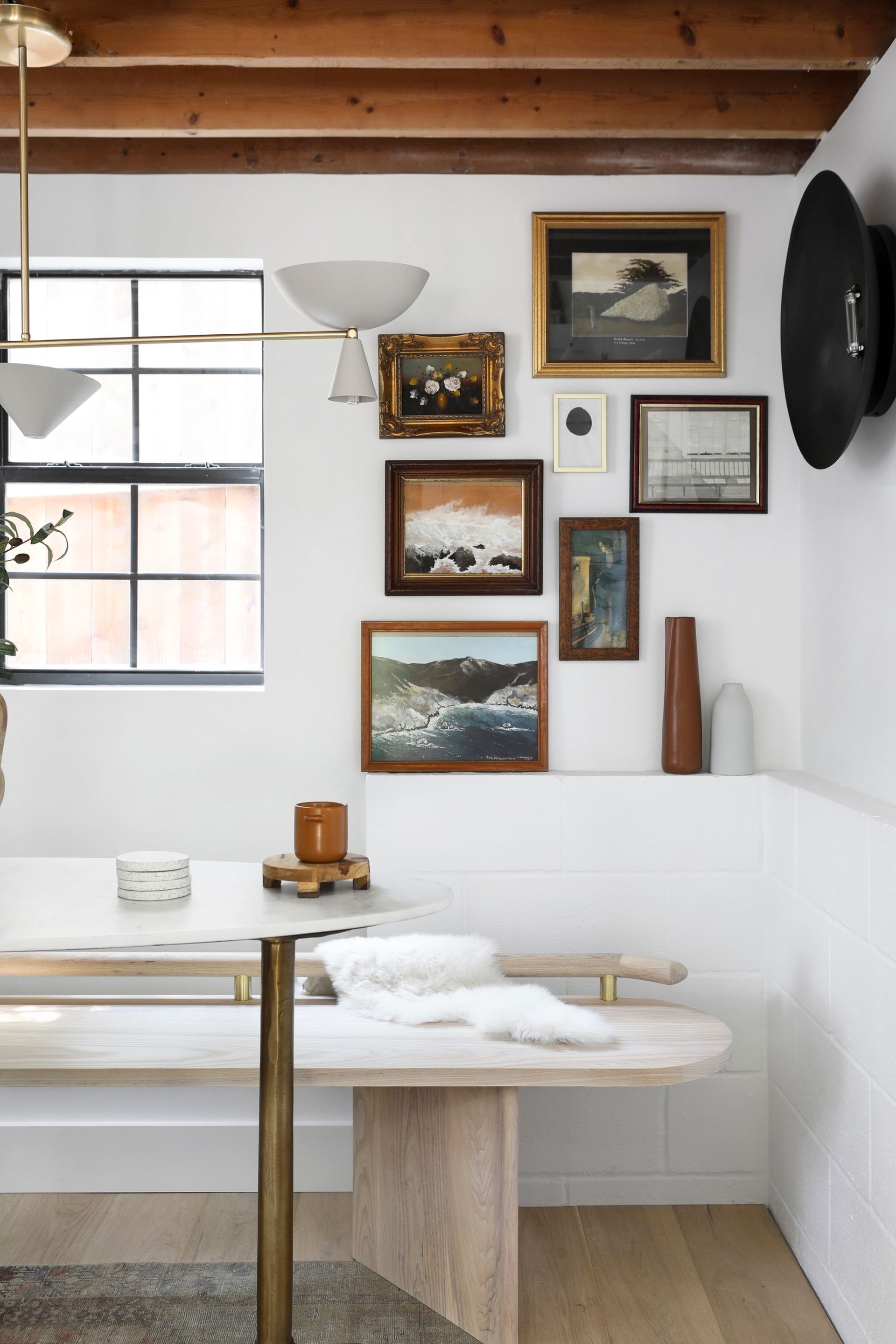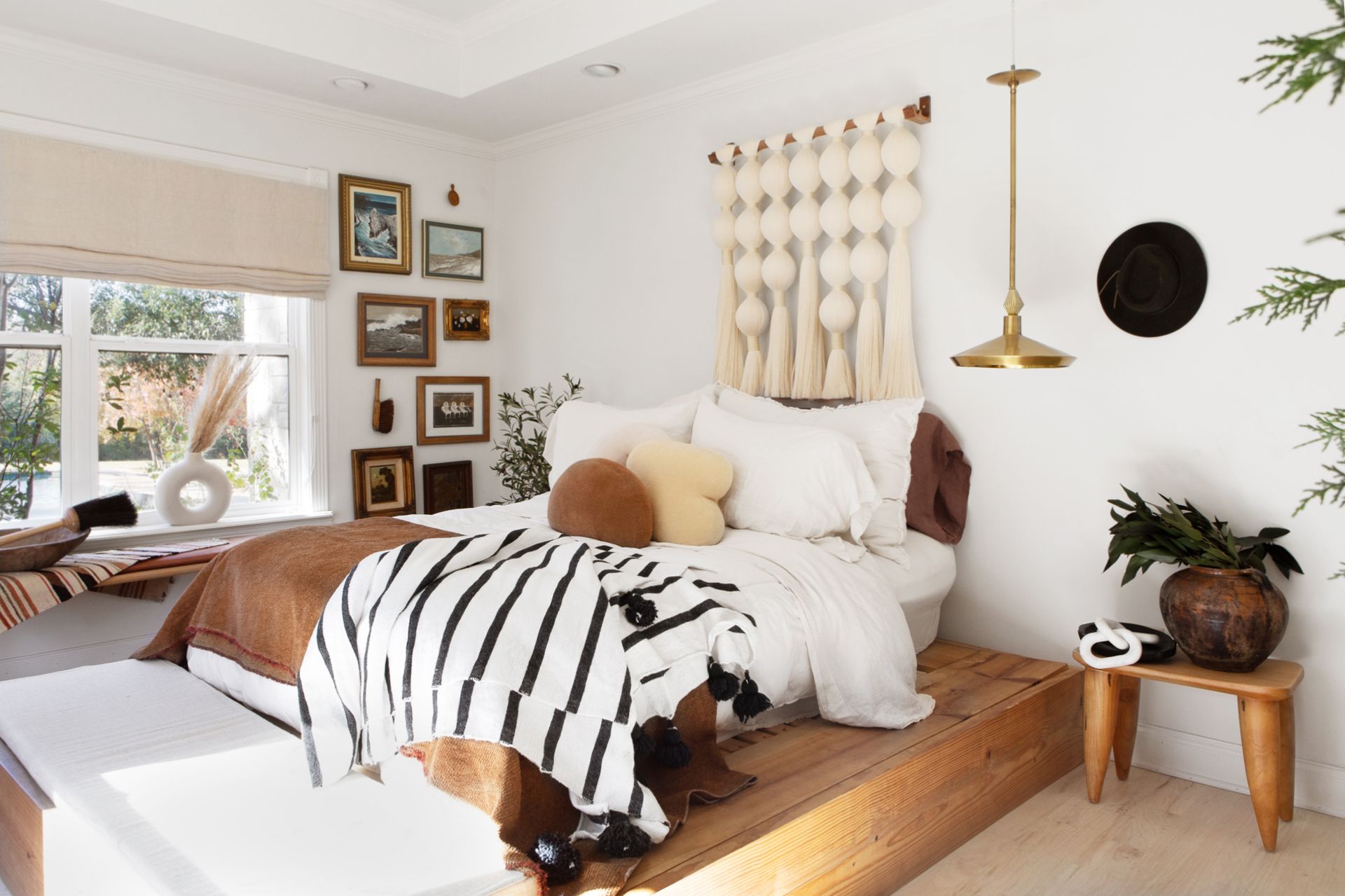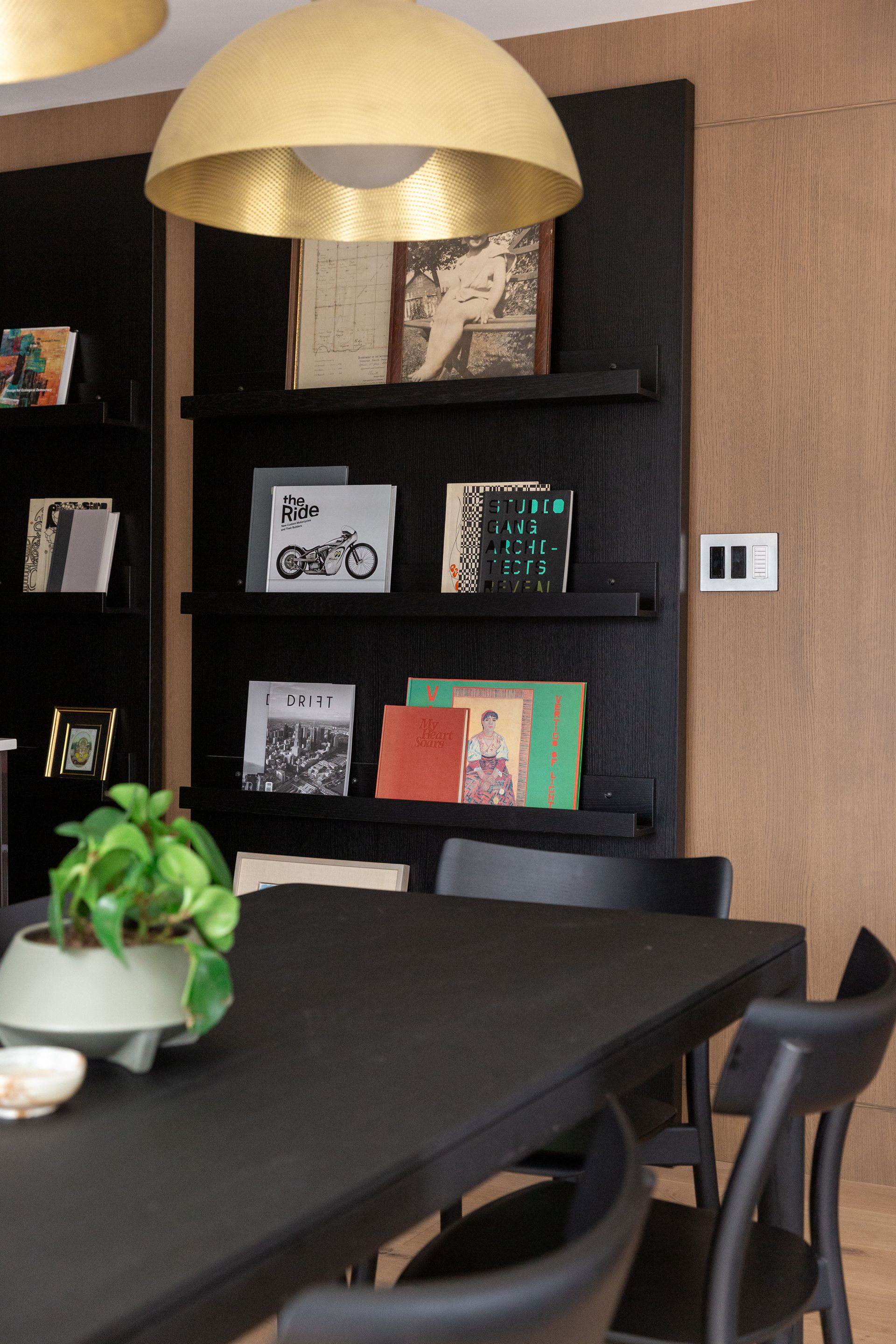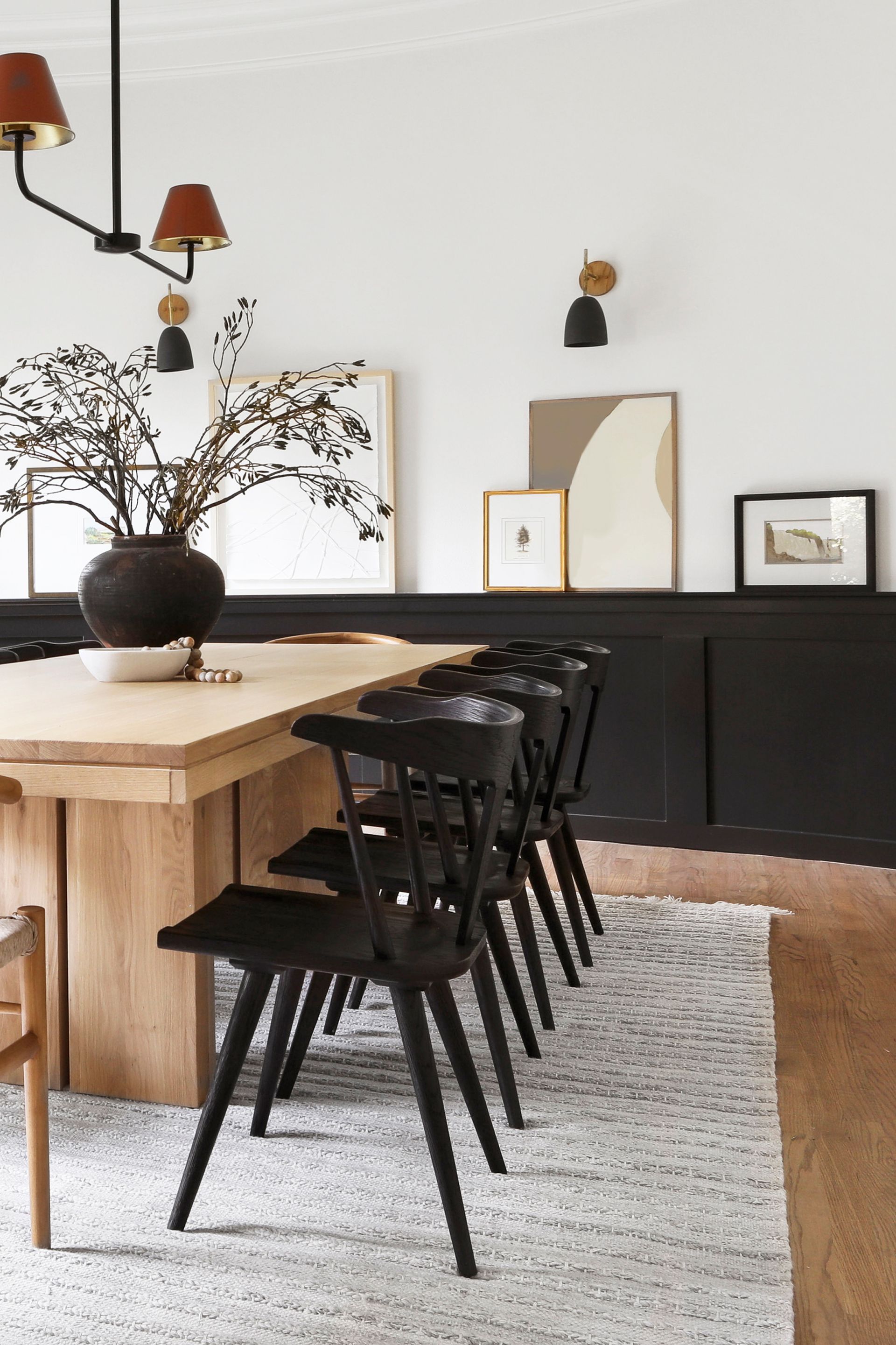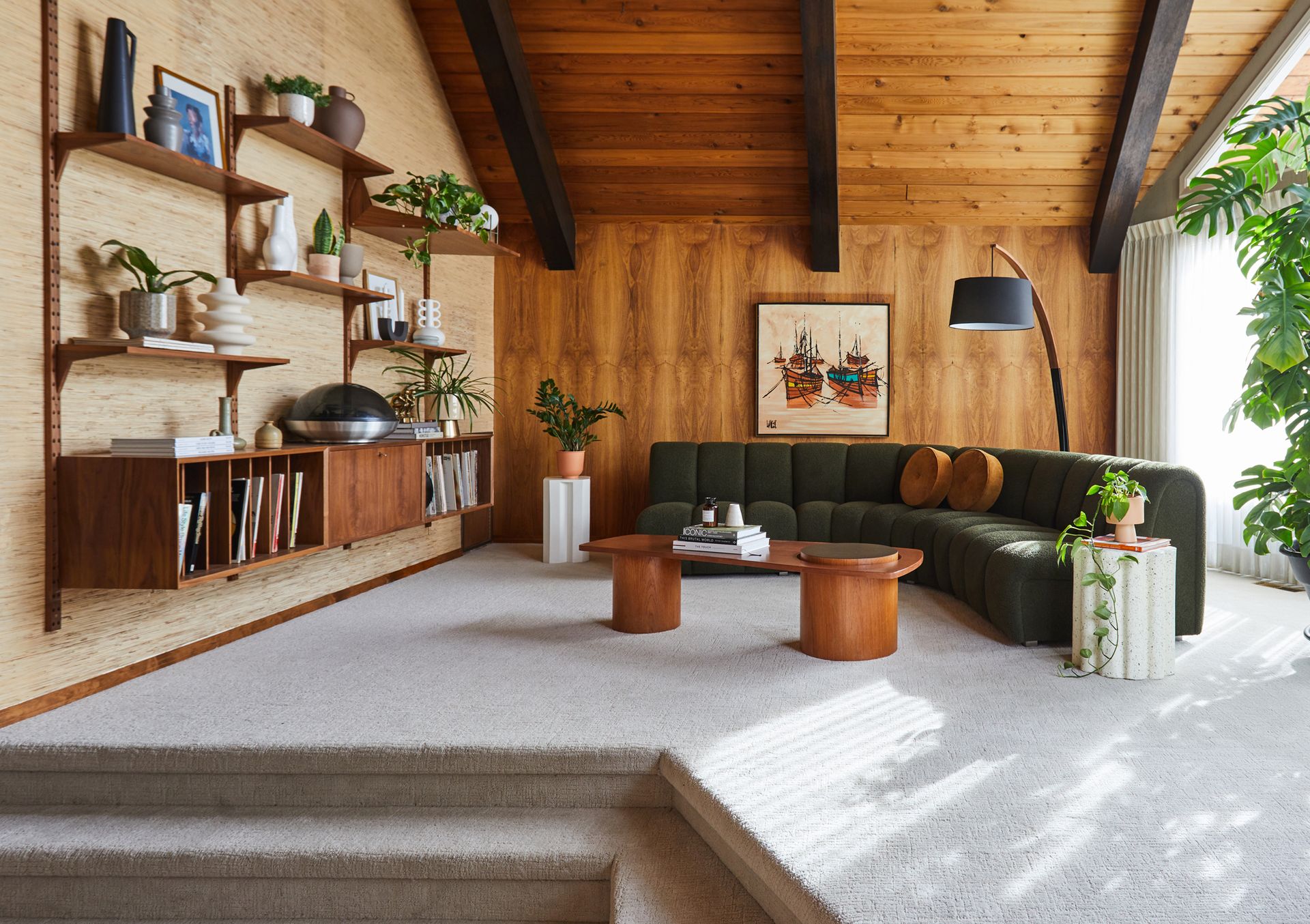
How do you mix and match wood furniture? Expert tricks to try
There is an artwork to mixing and matching wood furnishings. Inside designers make it appear so irritatingly effortless, do not they? Wooden household furniture has been steadfast in interiors for hundreds of many years, valued for its sturdiness and aesthetic adaptability.
It proceeds to thrive today in inside style and design as environmental factors stand firmly at the forefront of structure exercise. The pure product enriches interiors with warmth and familiarity and forges stronger proximity to our organic natural environment and all the added benefits that occur with it.
We’re unlikely to see a entire world devoid of wooden home furnishings, so studying how to artfully integrate it into our properties is a must have knowledge. You may perhaps be relieved to find out that combining wooden tones is a widespread stumbling block and one thing many individuals wait to do. But what if there have been some easy tips that you could use to defeat this layout conundrum? The good news is, there are!

Sophie Flaxwood
Sophie is a home interiors author and all-about layout aficionado, at the moment finding out interior design and style at London’s KLC. For this write-up, she questioned layout specialists for their recommendations on how to merge diverse kinds of wood home furniture successfully in a person plan.
How to blend and match wood home furniture
Like every thing in interior style and design, it’s critical to keep a coherent and continual narrative. With wooden, the trick is to seem at it the identical way you would color, shelling out attention to its tone and undertone.
Type and finish set up the fashion of the furnishings piece. To enhance your wooden-mixing self-confidence, we picked apart some wood-hefty schemes by skilled inside designers to expose their strategies to properly combining wood household furniture.
1. Recognize the dominant wooden feature
(Impression credit history: Matti Gresham. Structure: Urbanology Types)
‘I start out by figuring out the dominant wood function in the space to set the standard temper,’ states Ginger Curtis, founder and principal designer of Urbanology Patterns (opens in new tab). The dominant wood feature is typically the most significant factor in a place, these as a floor, crafted-in cupboards, structural attributes like beams and ceiling cladding, or even a large piece of furniture, this kind of as a eating desk. The dominant shade will be your reference place when picking out wooden furnishings.
From time to time there may not be a person main function but two or a few, as is the situation in Ginger’s bungalow. Listed here, ‘the foundational elements of the home drop into a neutral and organic and natural household,’ she explains. ‘So, for it to not slide flat or sense extremely simplified, it functions really effectively to mix wood tones mainly because that acts as your shade and contrast in the space even though nonetheless keeping correct to an organic baseline.’
2. Match wooden undertones
(Graphic credit: Matti Gresham. Structure: Urbanology Styles)
‘I then consider stock of the prevailing woods and team them by tone,’ remarks Ginger. Just like when you are placing with each other a shade plan, it’s critical to spend consideration to the undertone of the wood grain. Woods with heat undertones have a pink, orange, or yellow tinge, whereas ‘cool’ woods seem somewhat grey, blue, or eco-friendly. ‘I stay away from woods that pull robust purple and orange undertones due to the fact they can be tougher to blend with other wooden tones,’ she provides. For a cohesive style, adhere to both a interesting or warm coloration plan in your palette.
‘Keep repetition in head and use each individual tone at minimum twice to continue to keep the move in the space,’ implies Ginger. Like all furnishings, wood household furniture will search out of position on its personal. Notice how, in this bedroom, Ginger draws on the warm mid-tone wood of the system bed, replicating it with the bedside desk and photograph frames and dispersing it evenly around the room. The exact same brown tone is also translated into textiles with a scatter cushion and toss.
3. Experiment with contrast
(Impression credit: Landon Anholt. Style: Fort Architecture)
Tonal assortment is the essential to acquiring depth, fascination, and harmony in a place. The opposing qualities of gentle and darkish tones engage in off every single other, contributing a perception of tension, movement, and enjoyment to a scheme.
‘One of the easiest ways to combine woods is to use contrasting tones,’ states Tara Marshall, founding lover of Fort Architecture (opens in new tab). ‘Think of stains as if they are a paint swatch. The wood in a room (be that home furnishings or millwork) can fluctuate from gentle to darkish and nevertheless feel cohesive,’ she provides. For a well balanced come to feel, observe coloration procedures and intention for three various wood tones per home (gentle, medium, and darkish) any more and the area will glimpse chaotic.
In this open up-program living/eating region, inky black wood bookcases and dining home furnishings interrupt the flow of smooth, heat wood veneers gracing the flooring and walls. As nicely as adding a perception of drama, the contrasting tones zone the area, establishing the dining place. ‘We would argue that the much more distinction, the far better,’ states Tara. This style offers a situation in stage.
4. Split up identical wooden tones
(Impression credit history: Matti Gresham. Design and style: Urbanology Styles)
Much too significantly of the exact wooden tone can search flat and truly feel frustrating. ‘If you have two items of wooden with the very same tone subsequent to each other, crack them up with an additional piece,’ suggests Ginger. In this eating place, the wood tone of the table matched the flooring, creating it glance washed out and inconspicuous. By introducing a rug, Ginger designed visual separation instantly, the table grew to become a attribute of the home, and the rug extra natural beauty and harmony to the style. The black wainscoting has a identical result, supplying a black backdrop towards which the mild wooden tones of the table pop.
You can utilize the very same trick involving home furnishings pieces. See how Ginger has paired contrasting black wooden chairs with this dining table. Even with no the rug, the dim tone of the chairs would operate as a bridge among the desk and the ground.
5. Stay correct to your style
(Picture credit history: Colin Way. Design: Fort Architecture)
Shell out awareness to the kind and end of wood household furniture, guaranteeing it aligns with the design of the area and/or residence. For illustration, a light, rough, large-grain wooden finish would fit a rustic, relaxed inside, whilst dark polished wooden compliments a a lot more official, magnificent aesthetic.
In this mid-century residence renovation by Fort Architecture, all the wood finishes and species picked ended up reliable to the interval of the developing to honor the property’s heritage. ‘The critical to introducing new wood into the job was to preserve the colour tones the similar. We manufactured absolutely sure that all the cabinetry we additional into the task was reminiscent of the heat tones present in the initial home,’ claims Tara. Each individual style and design depth, from the materials and condition of the home furniture to the shade palette of this earth tone living area, was carefully picked to be as correct to the style as achievable when also sensation new and present-day.
